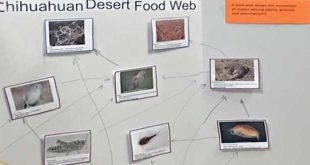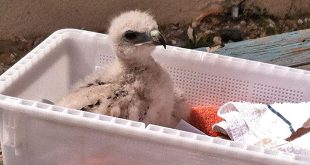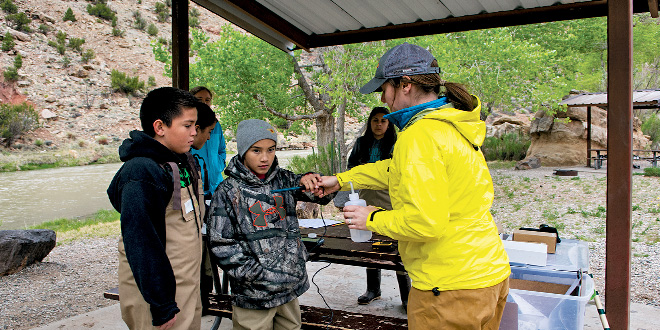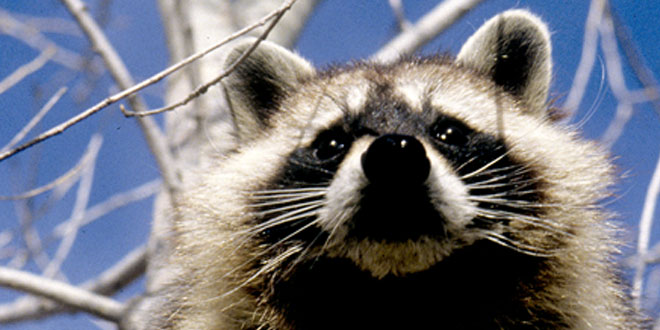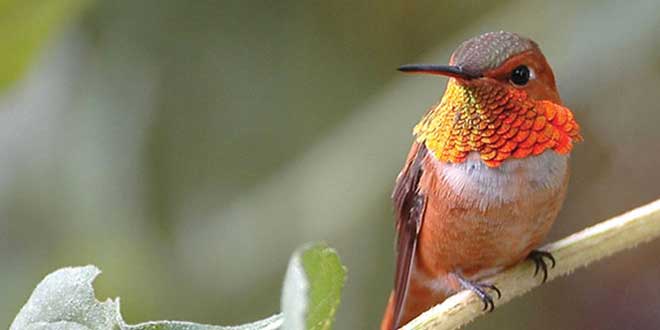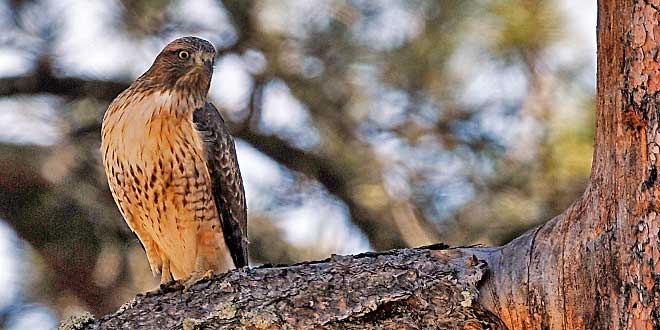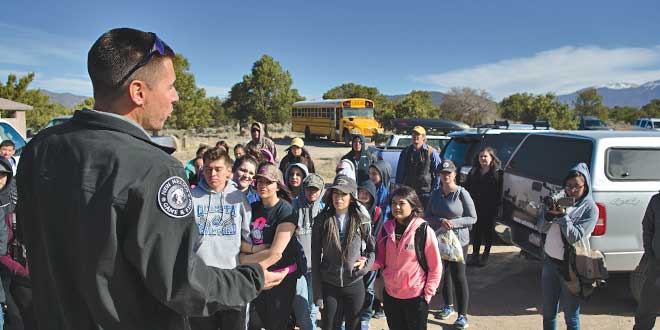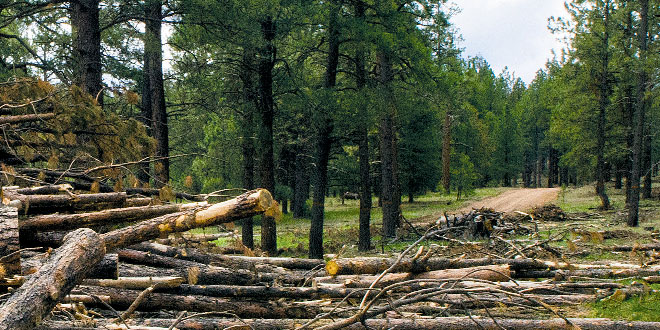What is a food web? What kind of organisms are at the base of a food chain? How do decomposers fit in? What does the food chain of the gray vireo look like? What kind of management actions could be taken to improve the gray vireo’s status in New Mexico? …
February, 2020
July, 2019
-
24 July
Creating a rapport with raptors
Tips for coexisting with urban birds of prey Summer is here and with it comes an increased chance of encountering an urban raptor. Raptors are a category of bird that includes all eagles, falcons, hawks, kites, owls, harriers, osprey and usually vultures. While some of these winged predators are present …
April, 2017
-
13 April
Turkey vulture
Did you know…? Many people refer to this bird as a buzzard, which is incorrect. The term buzzard in the United States probably is the result of old western movies, but buzzard, in Europe, refers to a member of the buteo, or hawk family. The turkey vulture’s diet consists almost …
October, 2016
-
28 October
Driving: protect yourself & wildlife
As the colors change and the temperature’s drop, hikers and wildlife enthusiasts are spending time outdoors and hunters are getting gear ready for time in the field. All are signs of fall, which also means the days are getting shorter and more vehicles will be on the road at times …
-
28 October
Passion for outdoors
Share with Wildlife: Helping youth develop passion for outdoors To help students develop a respect for nature, one northern New Mexico program is trying to close the gap between classroom education and outdoor engagement. The New Mexico Wildlife Center in Española is hoping hands-on science activities will develop a generation …
-
28 October
Raccoons: did you know…?
Sly, adaptable and cunning, the common raccoon (Procyon lotor) likely ranks among the most recognizable animals in the United States. Probably the most distinctive feature is the black mask around a raccoon’s eyes, earning it the nickname “bandit.” This unique characteristic is believed to serve a purpose. “Much like an …
August, 2016
-
15 August
Hummingbirds are unique
Among the benefits of living in the United States, and in particular the Southwest, is the visibility of some of the most beloved and photographed birds on the planet . . . hummingbirds. Native to the Americas, the largest number of species of these diminutive birds occurs in the tropical …
-
15 August
Birding hot spots
New guide provides public with birding hot spots. Finding the best spots to locate birds in northern New Mexico got easier this past year with the publication of “Birding Hot Spots of Santa Fe, Taos, and northern New Mexico” by Judy Lidell and Barbara Hussey and printed by Texas A&M University Press. …
-
15 August
Getting youths outside
Educators see value in getting youths outside. As society’s disconnect with nature has become more pronounced, the New Mexico Department of Game and Fish is making an effort to not only get youths outdoors, but also to get them involved. Call the class Conservation 101. It’s a class about the …
-
15 August
Cibola National Forest undergoing major facelift
Rows of densely-packed ponderosa pine line the sides of the road traveling deep into the Cibola National Forest in the Zuni Mountains west of Grants. Dark shadows prevail and little can be seen beyond the first layer of trees. There’s a feeling of claustrophobia as a wall of ponderosas looks …
 New Mexico Wildlife magazine Conserving New Mexico's Wildlife for Future Generations
New Mexico Wildlife magazine Conserving New Mexico's Wildlife for Future Generations
